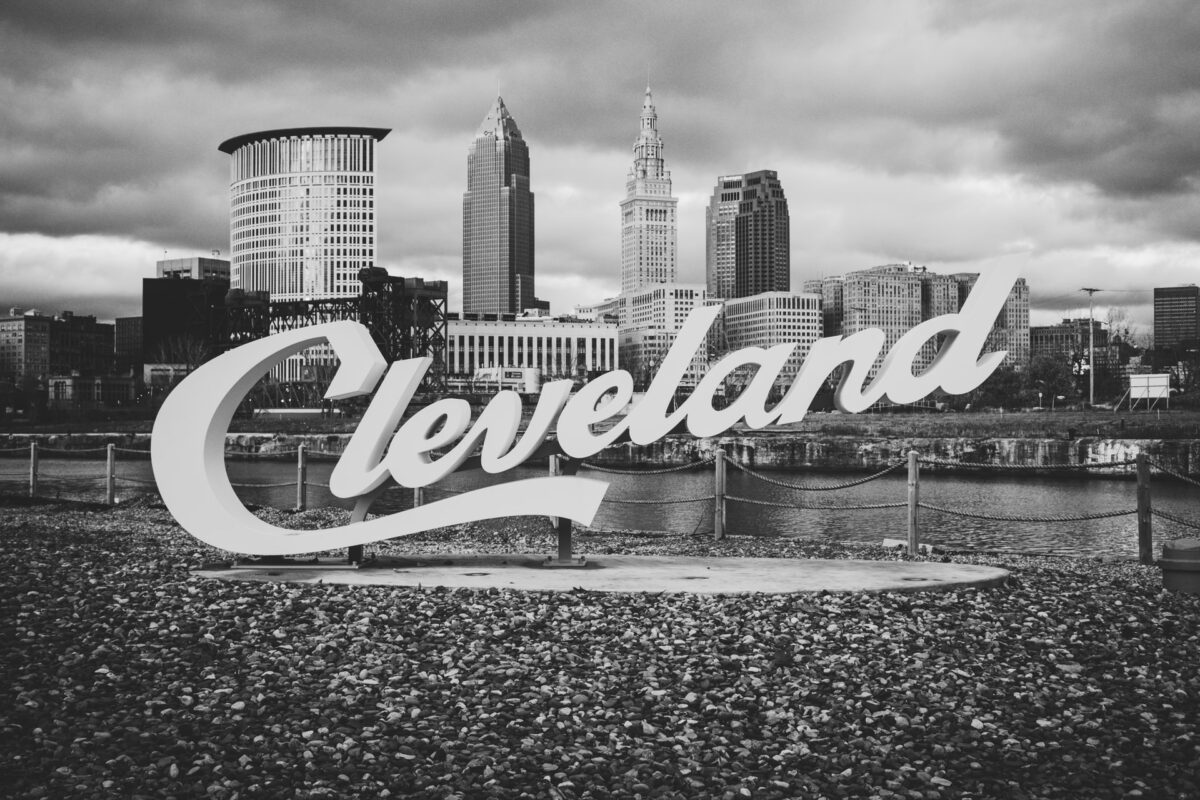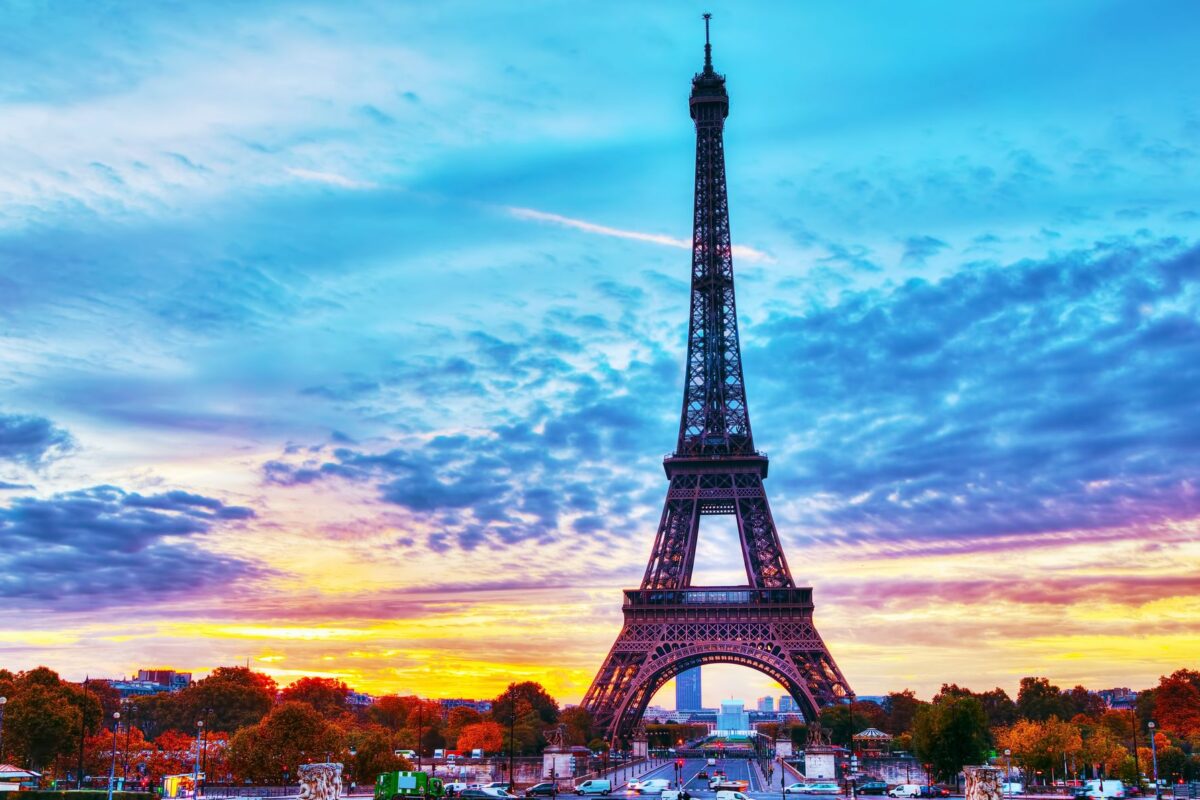In an era of super brands, it may seem an unusual notion to consider a city, state, region or downtown as a brand. But, in the context of a place selling itself as a focal point to visit, live, or to buy real estate, it makes sense that it should be managed as a brand to shape perceptions regarding its competitive identity and unique sense of place. Places of all sizes are facing more intense competition, and this is causing them to assess their relevance and value.
Your city’s brand isn’t a building, river, museum, street, or another physical site. Your brand isn’t a physical entity. It exists only in the customer’s mind. A brand is the assembly of powerful intangible associations and thoughts stored in the minds of target audiences, and not the opinions and hopes of a committee, or the marketing department. After years of branding nations, cities, and regions we have modified the traditional definition of a brand to form the following:
A place brand is the totality of thoughts, feelings, and expectations that people hold about a location. It’s the character, reputation and the enduring essence of the place and represents its distinctive promise of value and sense of place. Most importantly, it’s a valued promise that must be grounded in truth and reality.
It’s sometimes referred to as a “community brand” because it refers to a location that engages multiple, diverse resident, business and organizational interests to form a unified and democratic approach to presenting a place.
Sebastian Zenker, Associate Professor at Copenhagen Business School, summarizes it nicely saying, “The branding implies that it is an action – we would say a planned, managed, and therefore intentional action. It is the planned management of strengthening, changing, or creating the place brand in the mind of the place consumers.”
Too often a tagline and logo trips things up and gets the lion’s share of attention. While they do have a role to play, they are only two of the elements in your brand toolkit. Taglines and logos alone will not substantially help you attain your goals.
Your city isn’t branded just because you say it is or because you stamp a logo on everything that leaves your office or paint the logo on every blank wall around the town. This is just cosmetic. It’s not even branding. It’s only a veneer with no meaning, no customer relevance, no experiences and often without a hint of a valued promise.
Sarah Essbai, urban planner, Amsterdam (Netherlands) draws on the broader, emerging relationship between city planning and place branding, “City branding is a complementary tool to strategic planning. An integrated strong city brand acts as a guideline for the city’s growth, sets its priorities in the areas of capital investment, services, and urban development, and is a vehicle for long-term success.”
How Do Places Get Their Image?
A city’s image typically evolves in three sequential stages. The first is the organic image that has developed through general awareness of the place through influences such as media coverage, books, movies, family, and friends, sports, and studies. This organic image is even more potent if the city has a long, exciting history, unique cultural fabric, outstanding natural wonders, or is a significant population, business, or political center.
The second stage is formed by the marketing induced image which as its name infers, is mainly shaped by communications, such as advertising, public relations, Websites, social media, brochures, and sales presentations. That is, it evolves through marketing messages in addition to the organically developed image and awareness of the place.
The third stage is the experiential phase where the image is defined by the firsthand interactions people have with the location. Every community that attracts visitors, new residents and investors will encounter this phenomenon.
While some destinations may skip the second stage, i.e., marketing communications, no place can avoid the third. The experiential stage is critical because, as they say, “where the rubber hits the road.” Sustaining a positive organic or marketing induced image, calls for the place to live up to its promises or expectations in the experiential phase.
All cities may not be as handsomely endowed or as distinctive as say, historic St. Augustine FL, maritime Nantucket MA, or artistic and cultural as Santa Fe. Each has a compelling organic image and has nurtured a strong and distinctive identity that has evolved over hundreds of years from their colorful origins. For them, it is somewhat easier to fulfill each phase.
Is Being Different Enough?
The rule place marketers once followed was that branding involves accentuating differences, i.e., differentiation. But then they realized this doesn’t go quite far enough. Simply because a city has attributes different to others, doesn’t necessarily mean that they will connect positively with people. This is because not all differences are meaningful, relevant, or enticing. You must ensure that your brand is both differentiated and distinctive.
Differentiation and distinctiveness are not the same. “Differentiation” means that a place may have features that are like few other competitors. Its “distinctiveness” relates to how it looks like itself, and no other. Distinctiveness makes it easy to quickly recognize and associate it with positive attributes and benefits “owned” by this place and not others. These places project magnetic reasons to think of them as being distinctive and of greater value than other choices.
While distinctiveness relates to qualities that enable a brand to be recognized. In addition to the distinctiveness of its logo, tagline, colors, and tone of voice, a city’s distinctiveness may arise from its stories, physical setting, architecture, sense of place, people, celebrities, and ambiance. San Francisco Bay makes San Francisco different, but many cities have beautiful bays and harbors. What makes The Bay distinctive is its relationships to the Golden Gate Bridge, local architecture, Alcatraz, and the eclectic neighborhoods. There’s only one SFO!
Few places can claim to have qualities that cannot be found anywhere else. Some like, Savannah GA, Bacharach (Germany) and Bath (England) have architectural, historical and cultural assets that do mark them as distinctive. Other places may be left to work harder and rely on nuance, niche markets, new developments, and design to accentuate their distinctiveness. It’s essential to keep in mind that your city’s distinctiveness is only relevant according to the markets in which it is competing, and not necessarily in a national or global context.
Branding Doesn’t Belong To The Marketing Department
If the management and advocacy for the brand are confined to the folks in the City communications department or Destination Marketing Office or DMO, it’s unlikely to reach the optimal level of potency for long-term and citywide impact. However, need to get past the notion that the brand will only bring a change to the color scheme or a snappy new slogan. They need to be open to a more holistic view of branding. If you can remove resistance and introduce the type of thinking, resources, and cooperation that will empower citywide collaboration, a more compelling and sustainable brand will emerge.
In addition to marketing staff and communications agencies, your brand team may require urban planners, architects, city managers, government officials, and others to bring the brand to life. The brand journey may also raise issues related to the organization, staff, partnerships, regulations, transportation, placemaking, government policies, and personnel.
Contributed to Branding Strategy Insider by: Bill Baker. Excerpted from Place Branding For Small Cities, Regions and Downtowns, The Essentials For Successful Destinations
The Blake Project Can Help: The Brand Positioning Workshop
Branding Strategy Insider is a service of The Blake Project: A strategic brand consultancy specializing in Brand Research, Brand Strategy, Brand Growth and Brand Education




